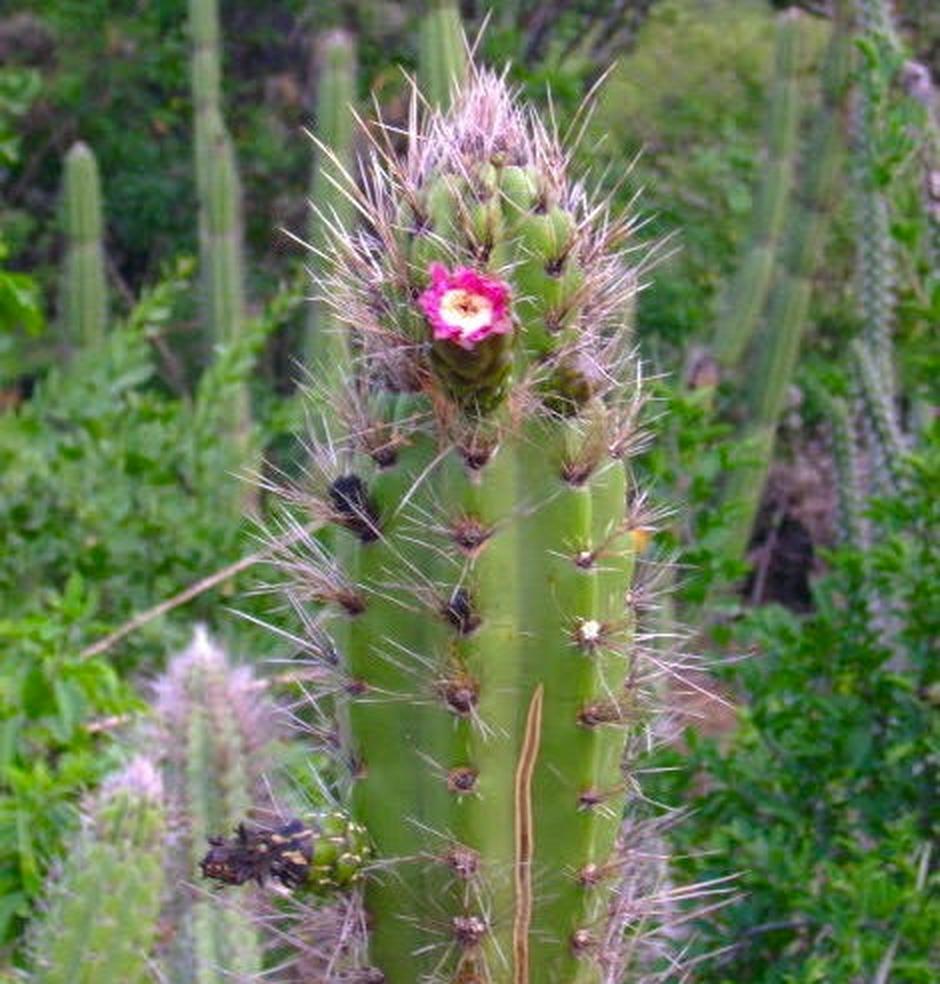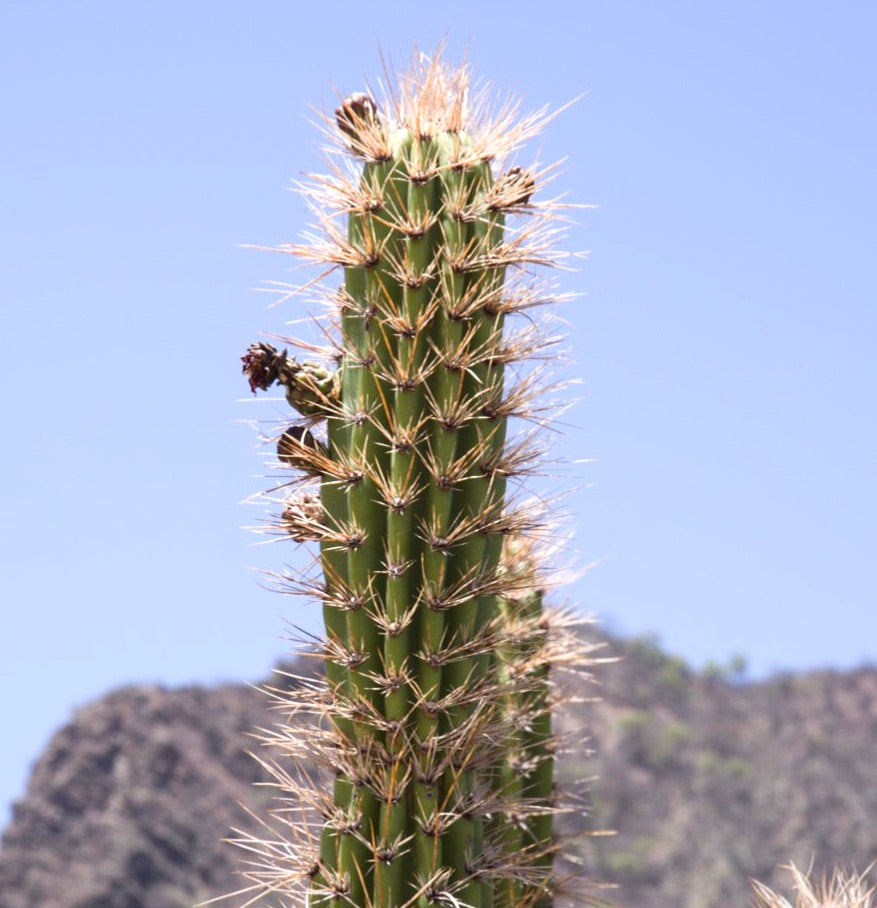- Seeds
Castellanosia caineana SEEDS
Castellanosia caineana SEEDS
Regular price
€3,20 EUR
Regular price
Sale price
€3,20 EUR
Unit price
per
Tax included.
Shipping calculated at checkout.
Couldn't load pickup availability
Product Description
BE AWARE THAT PICTURE SHOW ADULT PLANT NOT FOR SALE THE OFFER IS FOR SEEDS
Botanical family: Cactaceae
Botanical genus: Castellanosia
Botanical species: Castellanosia caineana
SKU:BA-2882-S




